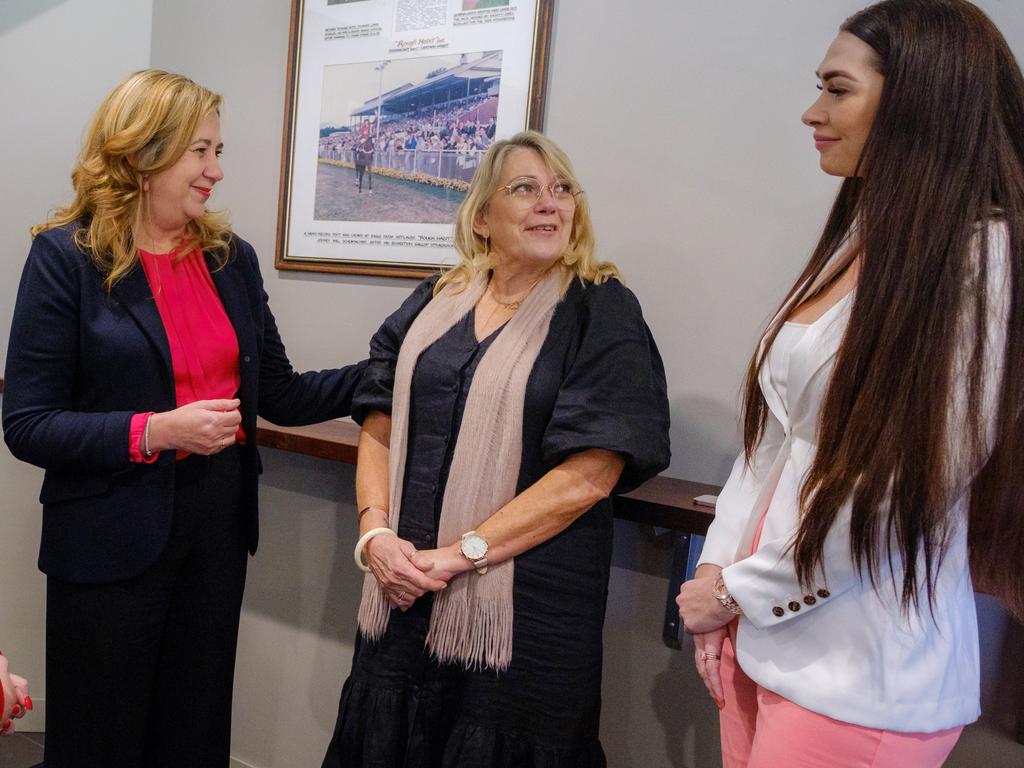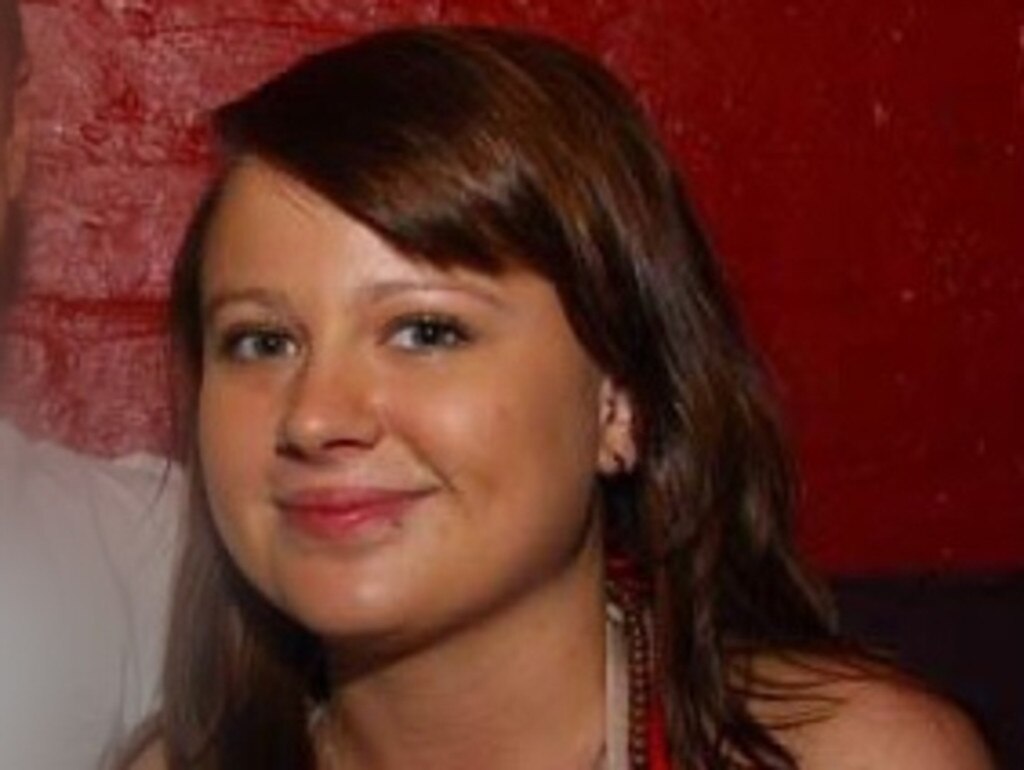DNA lab manager tried to silence whistleblower
A manager of the lab at the centre of a royal commission-style inquiry, asked HR about using a ‘code of conduct’ against a scientist 15 years after she left as a valued employee.

A senior manager of the Queensland government’s DNA laboratory – which is now at the centre of a royal commission-style inquiry – asked human resources about using a public service “code of conduct” against a whistleblowing scientist 15 years after she left as a valued employee.
Documents obtained by The Weekend Australian under Right to Information for the podcast series Shandee’s Story also show how the manager and others moved quickly to assure stakeholders that expert DNA scientist Kirsty Wright’s revelations were of no concern.
But while the briefing notes were being sent internally to hose down Dr Wright’s concerns, Queensland police were quietly running their own review of the lab’s unusual failure rate in detecting DNA, particularly in samples from sex assault cases.
Alarming results from the review triggered a decision by senior police to order the reinvestigation of hundreds of sex assault cases going back four years in which DNA testing was involved. Dr Wright’s revelations about the lab’s performance in testing forensic evidence from the frenzied stabbing murder of Shandee Renee Blackburn, 23, in Mackay in February 2013 have not been publicly challenged by Queensland Health.
But behind the scenes, and within hours of her findings being published for the first time on November 25 last year, the lab’s acting managing scientist, Justin Howes, wrote to the peak agency for police chiefs throughout Australia and New Zealand. Parts of his email were redacted.
“I am sure many of you would have read the attached article already,’’ he wrote. “We received some questions this week from the author of a Podcast – Shandee’s Story – through The Australian that related to some work conducted in 2013-14 on the murder of Shandee Blackburn.
“We expected something more, and today this article arrived. We are not concerned with the material presented in the media. We are (not) concerned with the details in this matter, nor with any processes in the laboratory at the time.
“There is a podcast to sell after all, and this type of media may go some way to help that.”
Later that day, Queensland Health bosses and Health Minister Yvette D’Ath received advice the DNA lab had been reporting quality results. More than 200 pages were not released in response to the RTI request.
All questions from The Australian went unanswered by the department. The deputy director-general of Queensland Health, professor Keith McNeil, wrote in an internal email: “My strong sense was to be bland and non-committal given the time lag and the complexity of the questions asked.”
As the articles in The Australian and more podcast episodes highlighting Dr Wright’s concerns were published, Mr Howes wrote to the department’s HR managers on November 29 to ask about applying the formal code of conduct, or CoC. “I am curious about the CoC back in 2007,” he wrote. “If a staff member left QH, are they still obliged to behave in line with the code of conduct?
“I am not sure how this could be controlled, but we have a former staff member who left in 2007 who is speaking quite terribly about the lab to the media. And has called for staff – as written in The Australian on 27 November – to contact her confidentially if they have something to say.”
Shandee’s murder occurred six years after Dr Wright last worked in the laboratory as a scientist. She has not commented on cases relating to when she was employed there.
Dr Wright told The Weekend Australian: “They know the work that I’ve done, the various roles that I’ve had in the forensic community for the last 20 years.
“They should have seen me as somebody that could help them get to the truth. They should have looked at all of the issues that are raised. They should have seen what I saw, because those issues were obvious, very, very obvious.”
Asked about the public service code of conduct, Dr Wright said: “I definitely take that as an attempt by the DNA lab to try to either intimidate me somehow or gag me. I looked at documents that were freely available, that were generated after I left, and I was able to form a professional opinion about those.”
Dr Wright said she hoped the internal documents, including many which were withheld altogether or significantly redacted, would be investigated by the new royal commission-style inquiry headed by Walter Sofronoff QC.
Earlier this month, it was revealed that police had discovered that DNA profiles were found in two-thirds of samples from sex offence investigations – despite the forensics lab having initially claimed they contained “insufficient DNA” and sought to cease testing.
Those findings by police, which matched concerns being raised by Dr Wright, led to Queensland Premier Annastacia Palaszczuk changing course and setting up a major inquiry.
Episode 20 of Shandee’s Story is available free on all platforms.







To join the conversation, please log in. Don't have an account? Register
Join the conversation, you are commenting as Logout